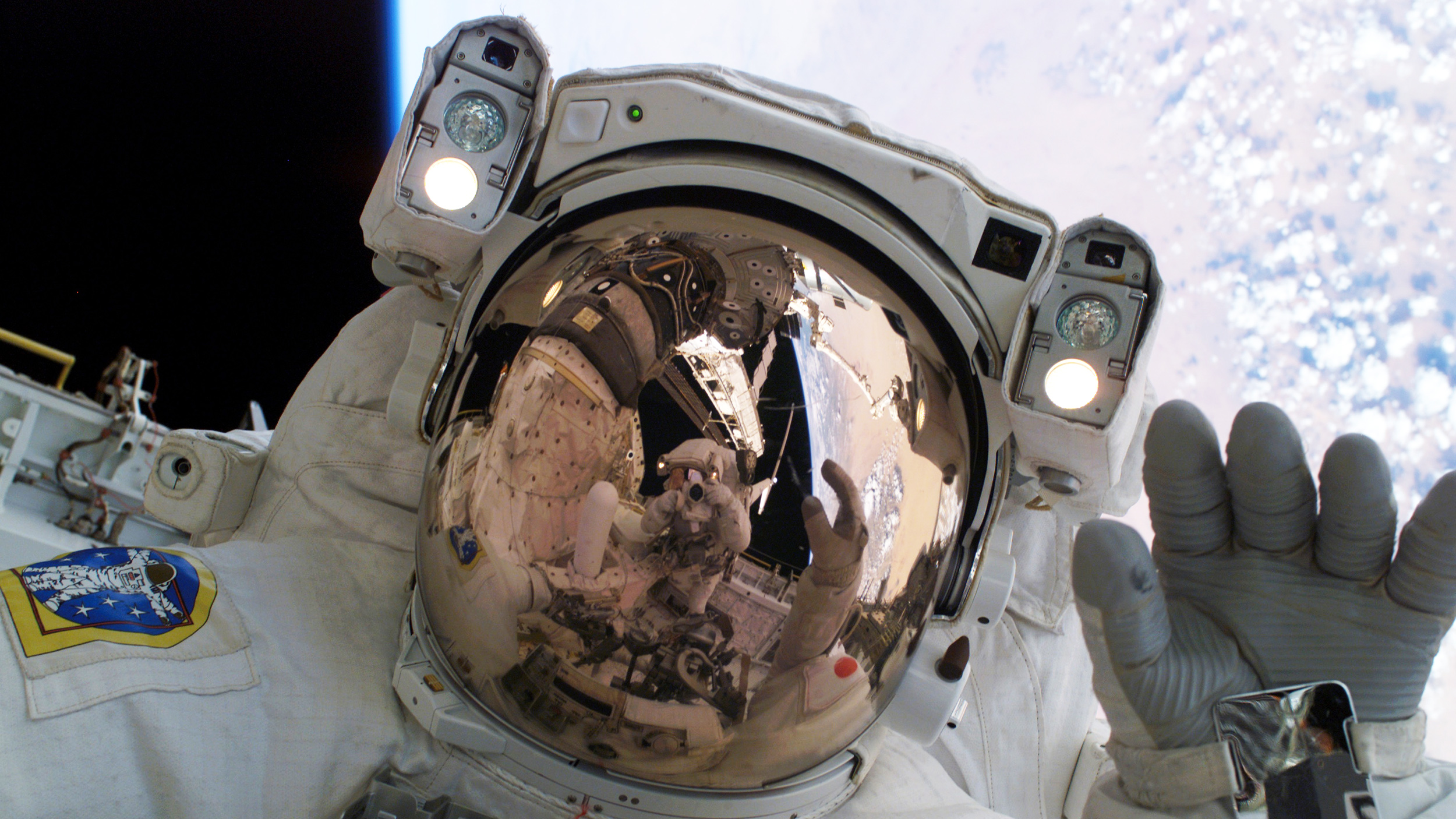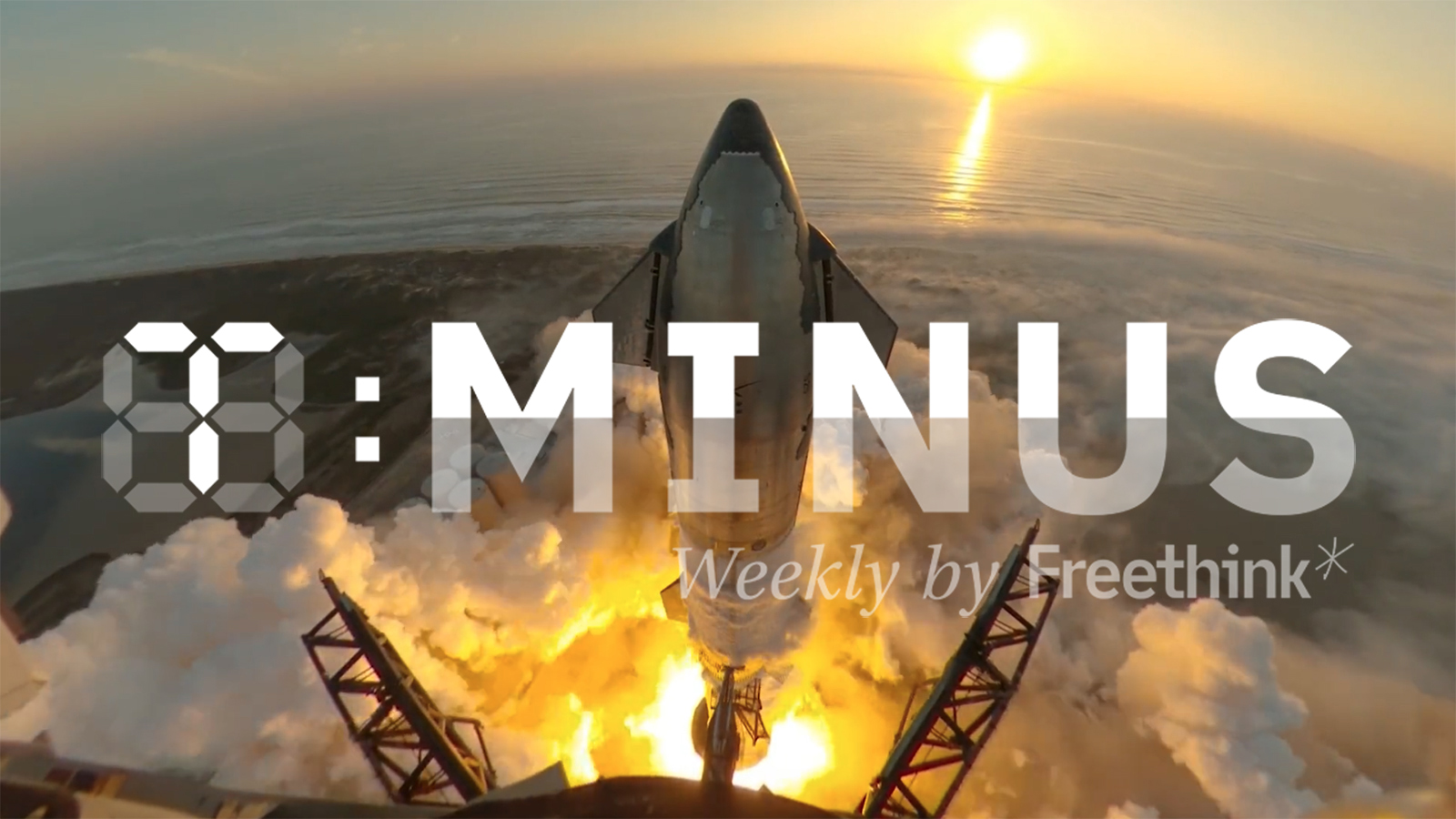Mostly Mute Monday: Sunsets from Space
The simple sights of sunrises and sunsets, spectacularly but seldom seem.
“Lost — yesterday, somewhere between sunrise and sunset, two golden hours, each set with sixty diamond minutes. No reward is offered, for they are gone forever.” –Horace Mann
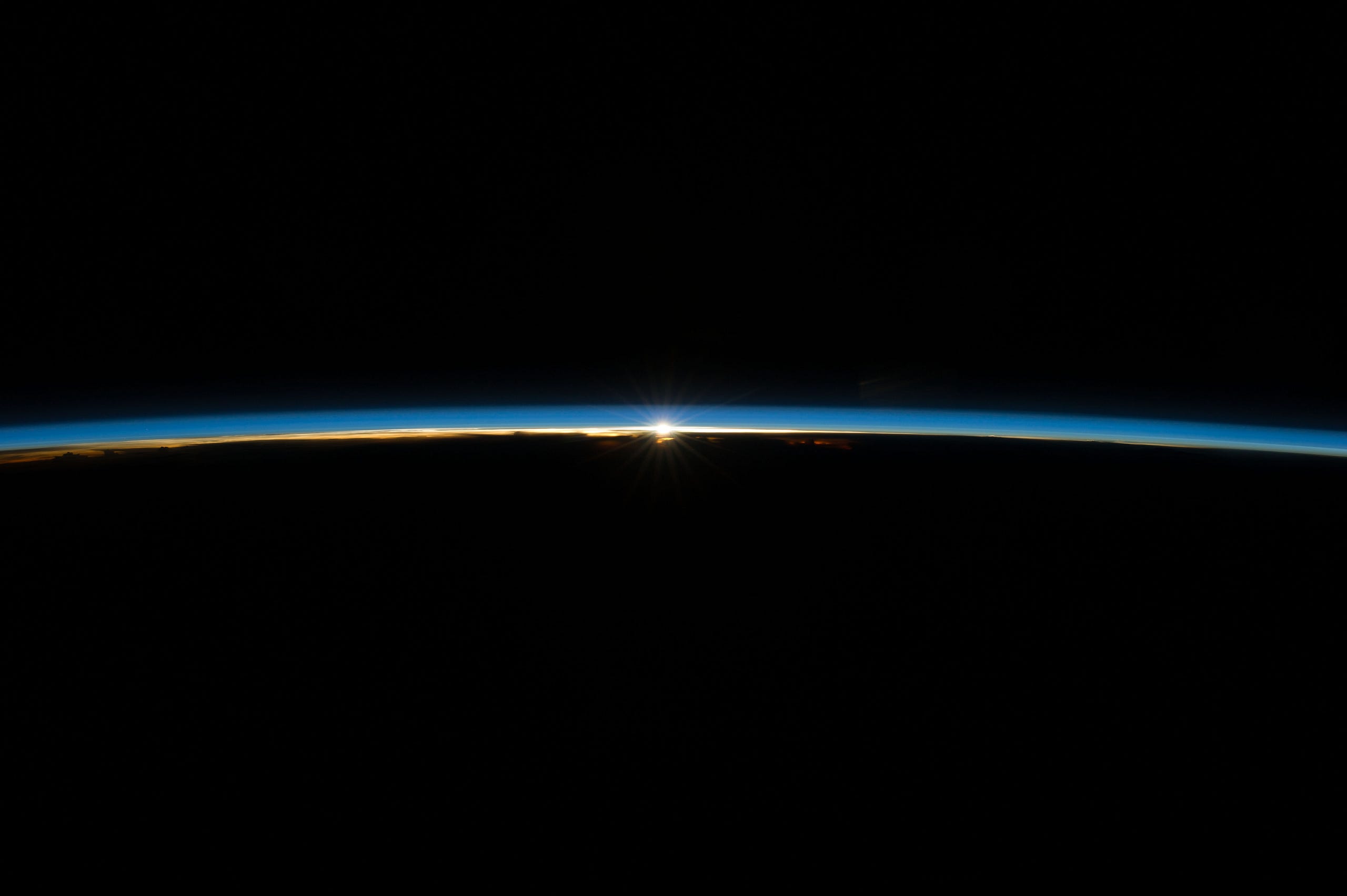
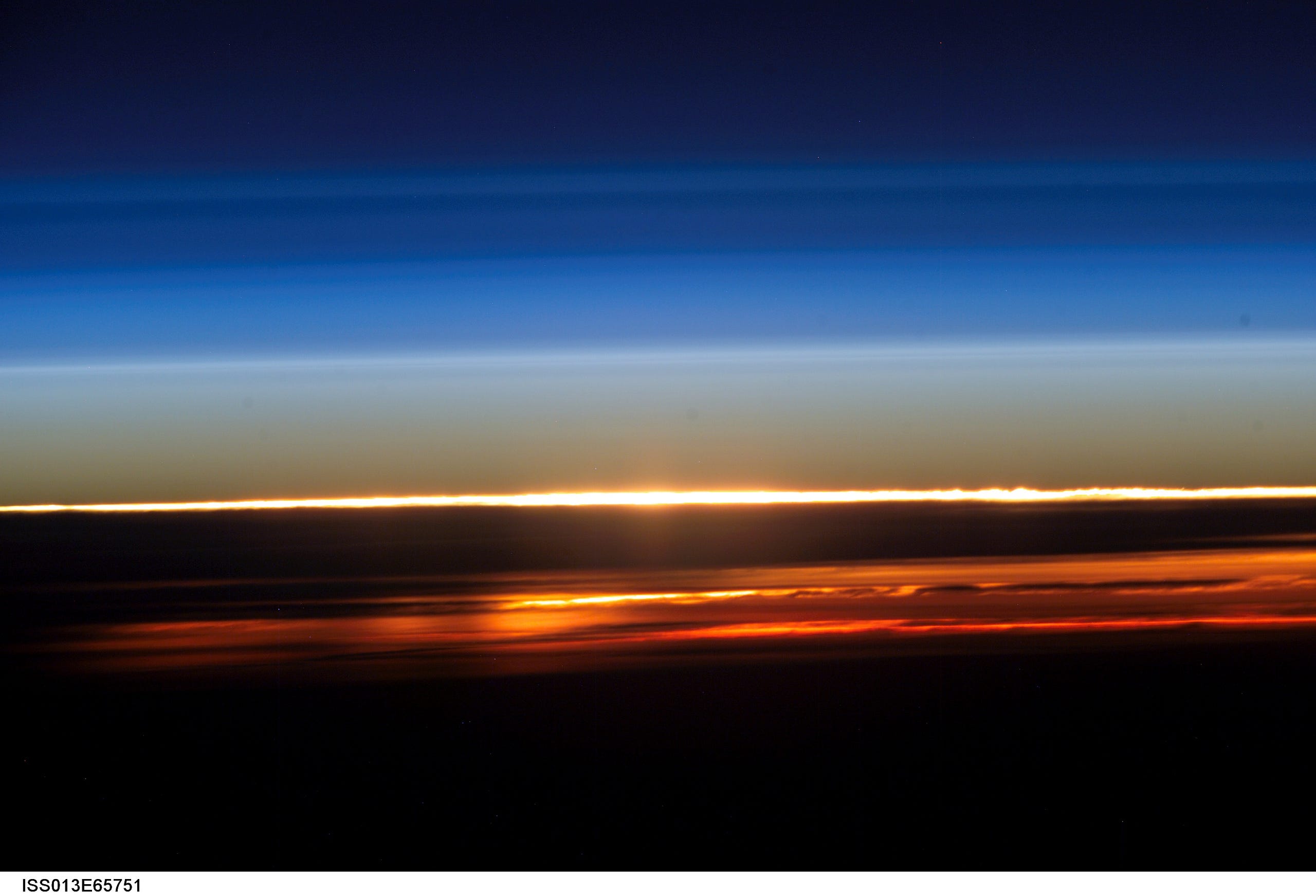
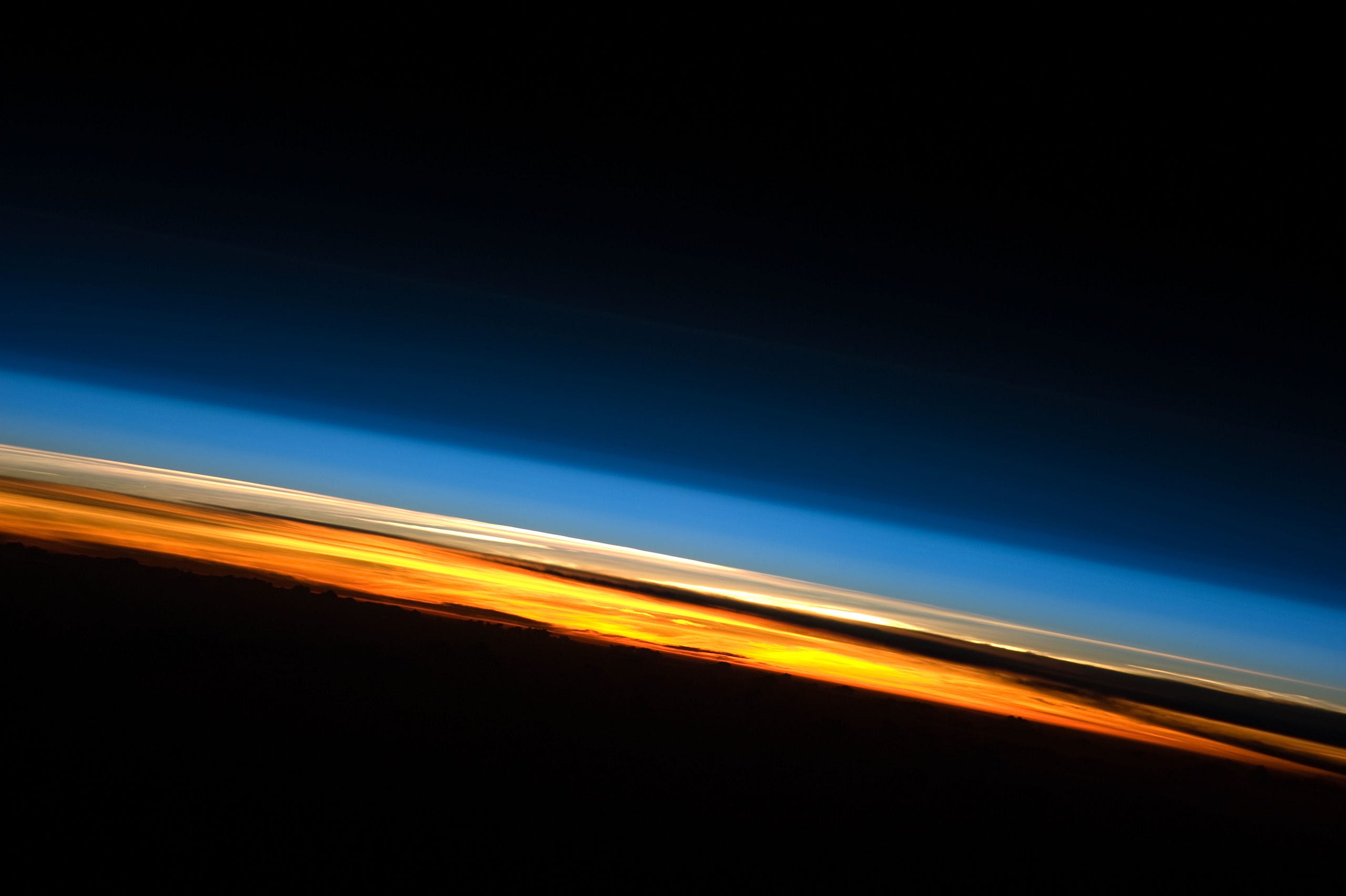
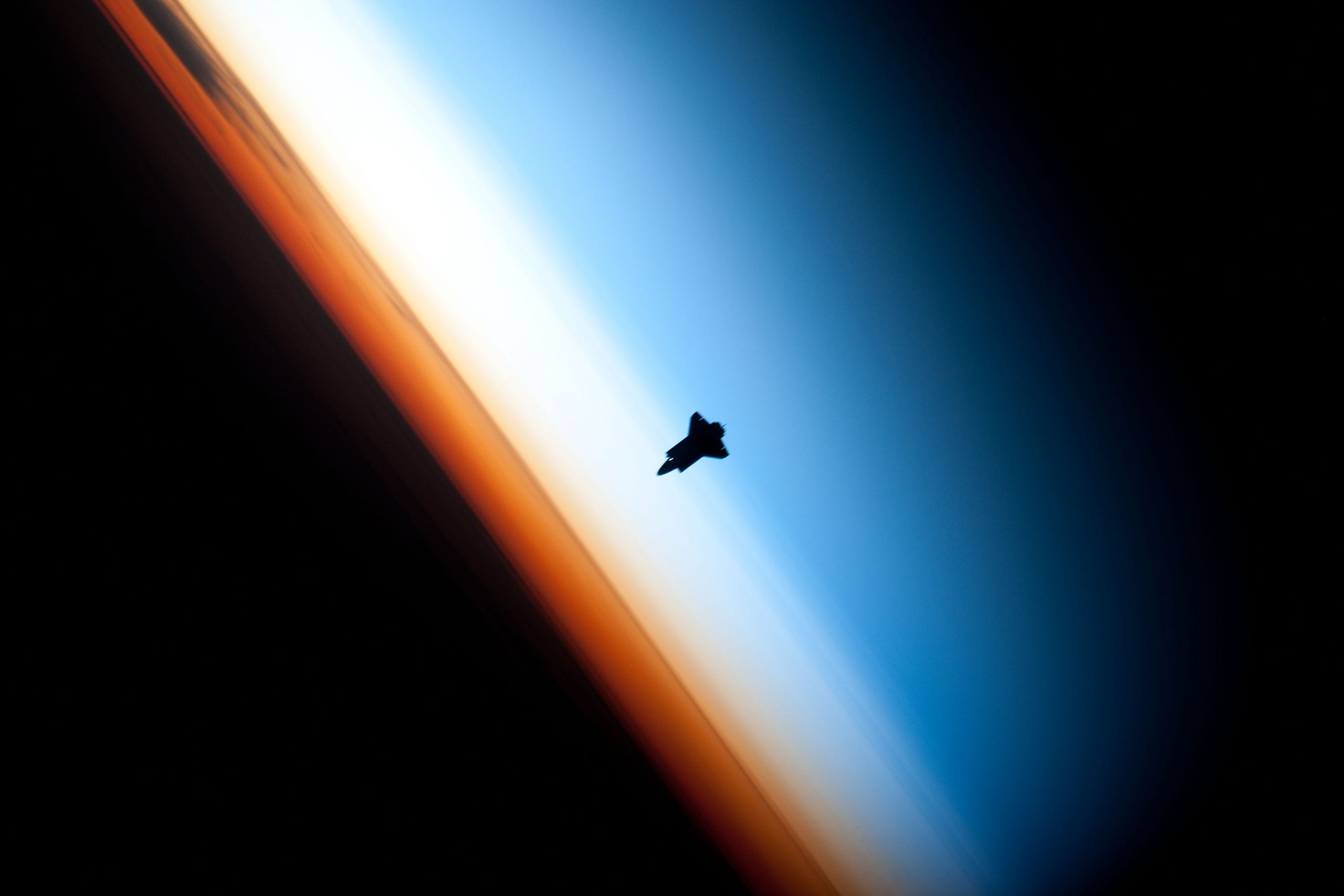

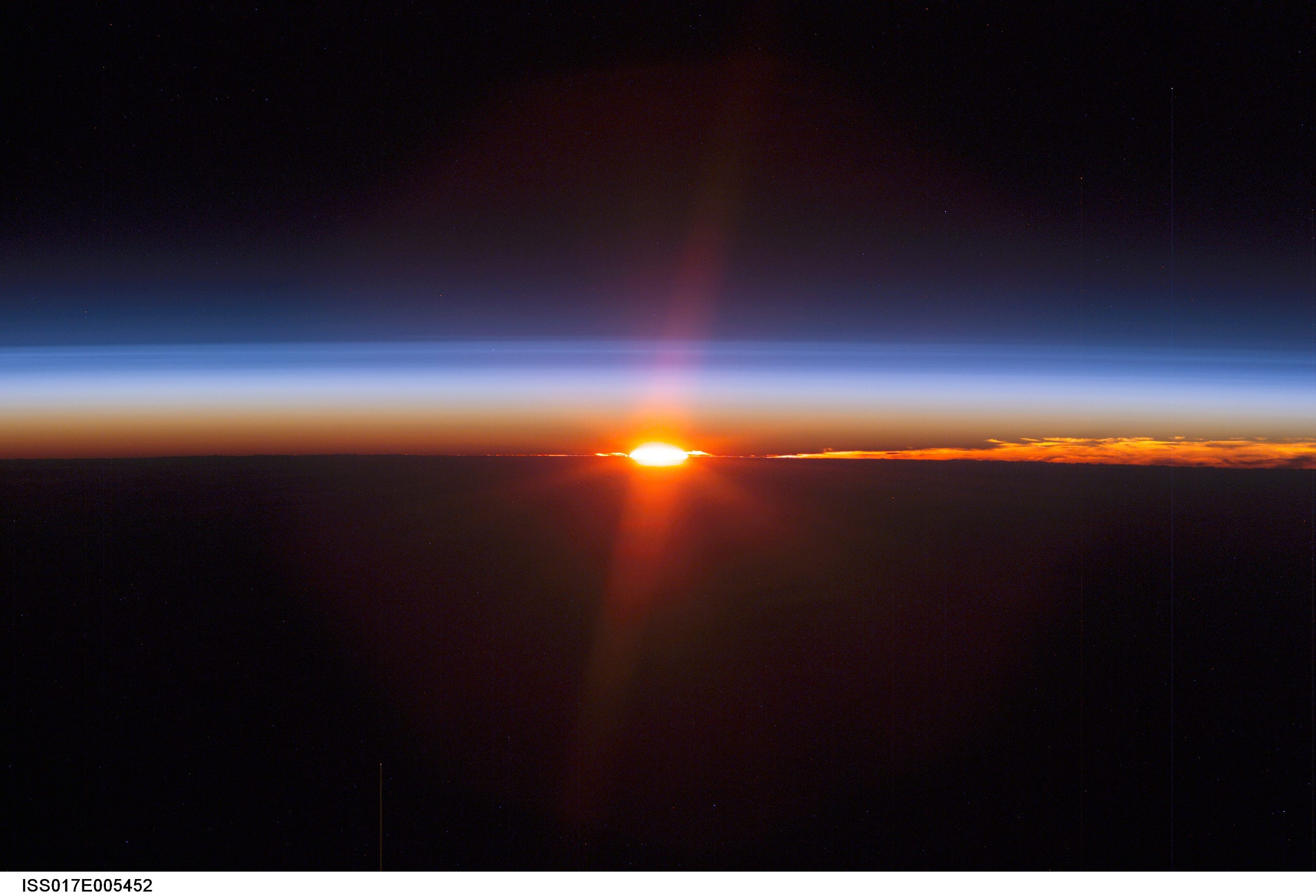
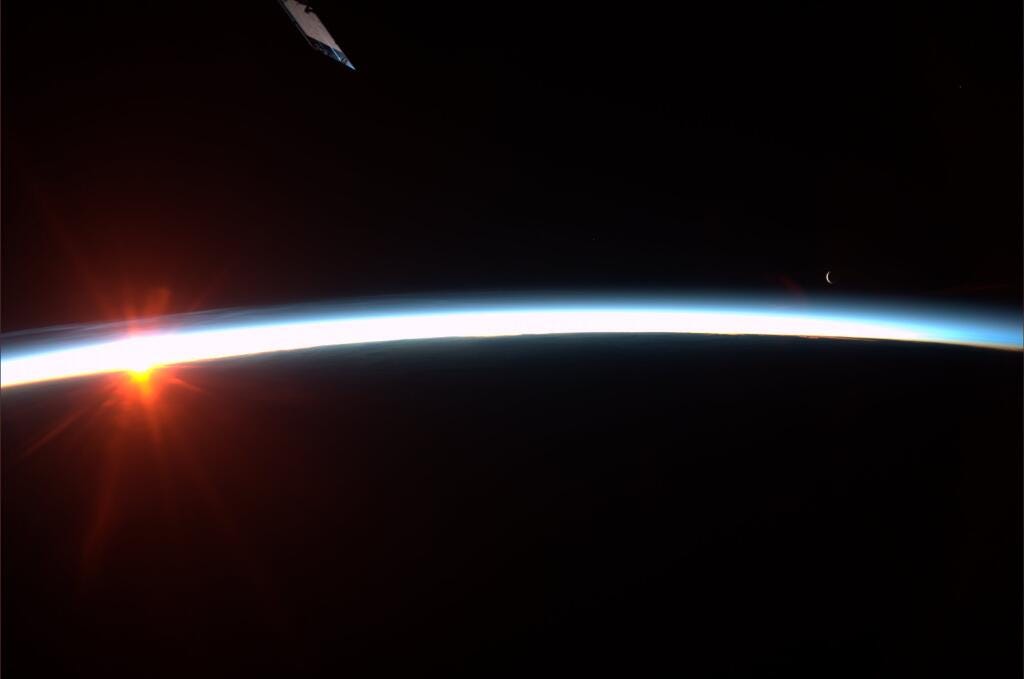
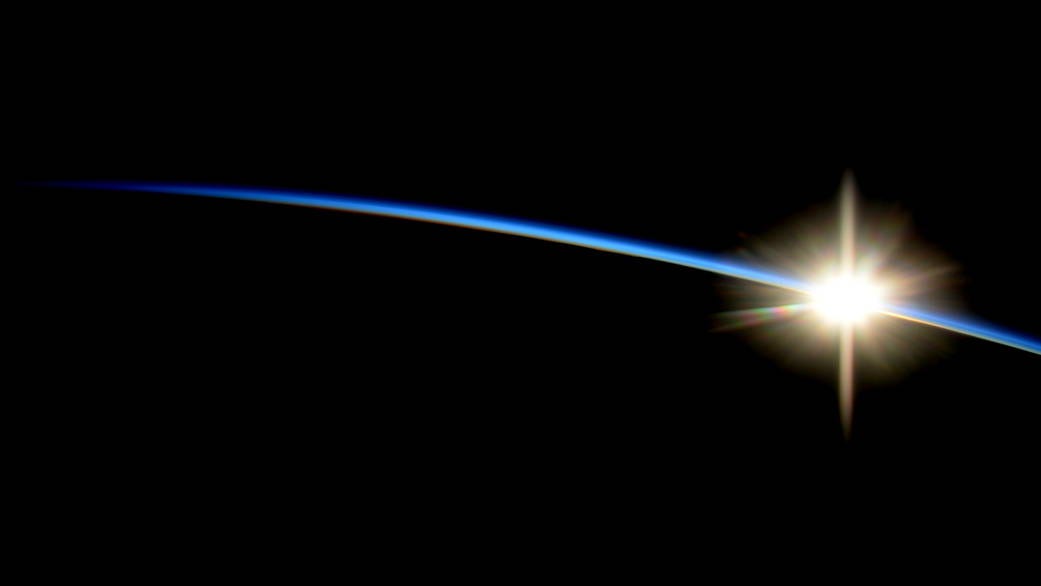
On Earth’s surface, the Sun always rises in the east and sets in the west once every 24 hours. But from space — and in particular, from low-Earth orbit — the Sun will rise or set in whatever direction your spacecraft is moving in. At speeds of some 27,600 km/hr (17,100 mph), astronauts orbiting the Earth see a whopping sixteen sunrises and sunsets each day, with each one lasting only a few seconds.
The thinnest layers of the upper atmosphere turn blue, as the indirect sunlight gets scattered very efficiently: the same reason Earth’s sky appears blue during the day. It’s only where the Sun’s light shines through large amounts of atmosphere — closest to the horizon — that the blue light is preferentially scattered away, leaving a reddish/orange color behind. While the disk of the Sun itself turns a bright yellow, then orange, then red during sunset on our surface, it transitions to pure white extremely rapidly in space. Once it clears the top atmospheric layer, the vacuum of space leaves the full spectrum of light unaffected. It’s a sight only approximately 500 people have ever seen firsthand, but one we can all enjoy thanks to astronaut photography.
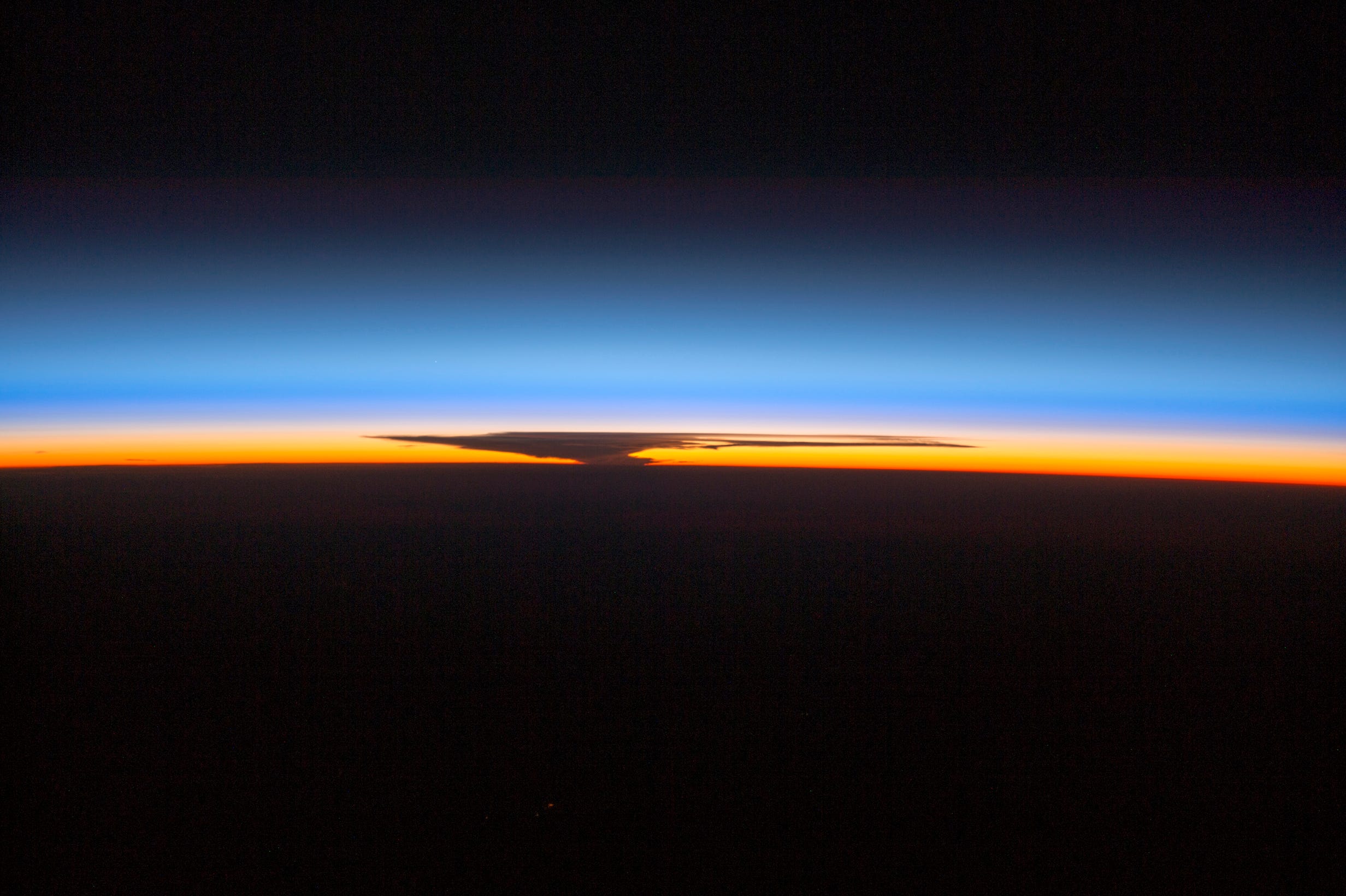
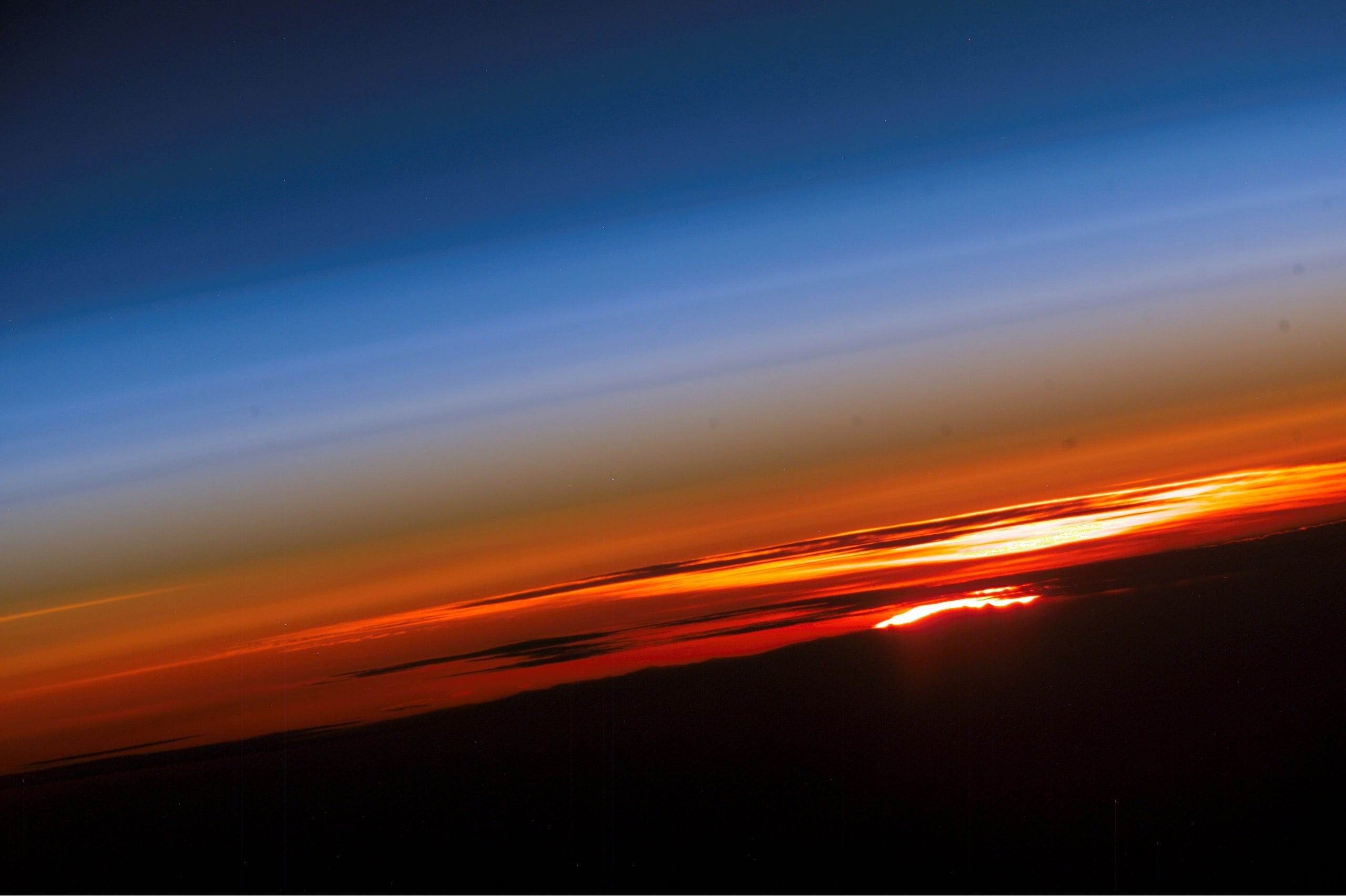
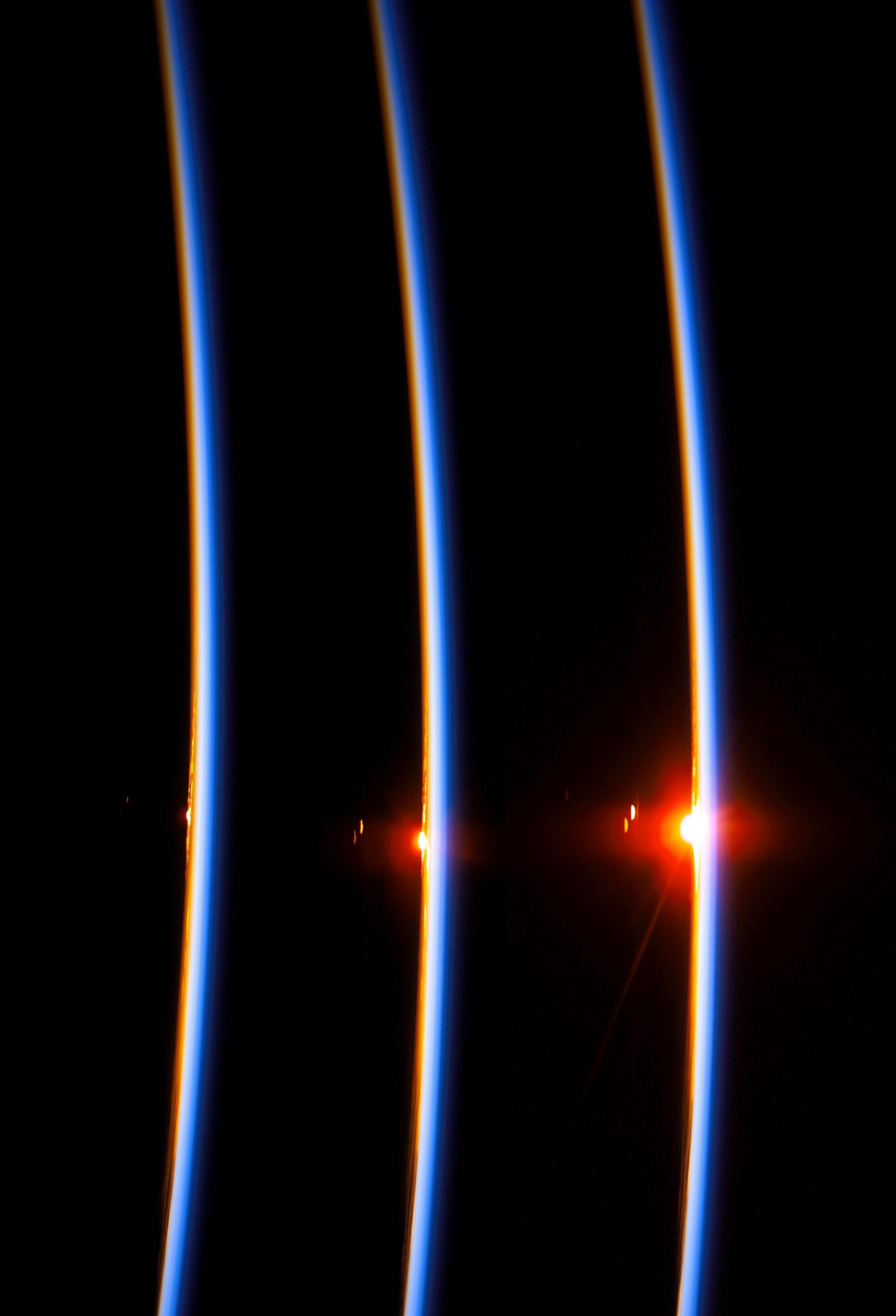
Leave your comments on our forum, and support Starts With A Bang on Patreon!

